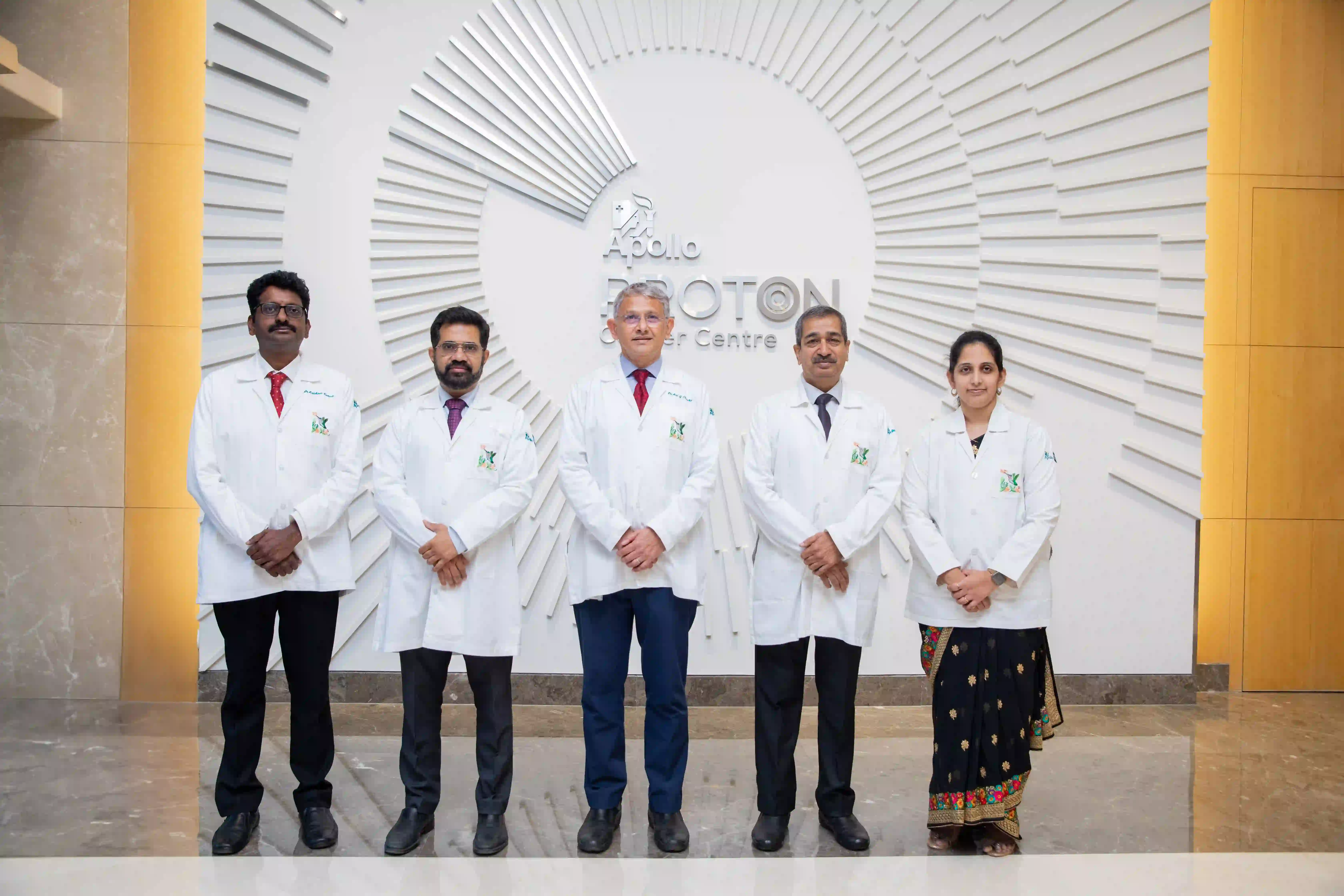Introduction
Welcome to APCC's neurosurgery website, where we describe the current landscape of vestibular schwannoma management, shedding light on diagnostic techniques, treatment options, and the collaborative efforts that define modern patient care. As we journey through the intricacies of this condition, we emphasize our commitment to providing cutting-edge neurological care and ensuring optimal outcomes for our patients.
Understanding Vestibular Schwannomas
Vestibular schwannomas, also known as acoustic neuromas, are non-cancerous tumors that originate from the vestibular nerve in the inner ear. These tumors grow gradually, often causing symptoms such as hearing loss, tinnitus, dizziness, and imbalance. Effective management requires a thorough understanding of their nature, potential complications, and the treatment options available.
Diagnostic Techniques
Accurate diagnosis is the cornerstone of effective vestibular schwannoma management. State-of-the-art diagnostic techniques include:
- Magnetic Resonance Imaging (MRI): High-resolution MRI scans play a pivotal role in visualizing the tumor's size, location, and its relationship with adjacent structures.
- Audiological Assessments:We Comprehensive hearing tests provide insight into the extent of hearing loss and guide treatment decisions.
- Balance Testing: Evaluating the patient's balance and vestibular function helps in understanding the impact of the tumor on daily life.
- Observation: For small tumors with minimal or no symptoms, observation with regular imaging and clinical evaluations may be appropriate as some tumors grow very slowly.
- Surgery: Surgical resection involves removing the tumor while preserving neurological function. Techniques such as microsurgery aim for maximal tumor removal while minimizing damage to surrounding structures.
- Radiation Therapy: Techniques like stereotactic radiosurgery and fractionated radiation offer non-invasive alternatives, focusing high-dose radiation precisely on the tumor. These are excellent options for tumors that are less than 2.5 to 3 cm in size.
- Combination Approaches: For tumors larger than 3 cm, surgery is often done first to remove as much tumor as possible while preserving the integrity of the facial nerve, that is also closely applied to the tumor. Depending on size of the residue on the facial nerve stereotactic radiotherapy may be offered to prevent growth of this residue.
- Collaborative Patient-Centered Care: The management of vestibular schwannomas necessitates a multidisciplinary approach:
- Neurosurgeons: Skilled in surgical intervention and tumor removal.
- Neurotologists: Experts in hearing and balance disorders, guiding treatment decisions.
- Radiation Oncologists: Specialized in delivering targeted radiation therapies.
- Audiologists: Assess hearing loss and provide postoperative rehabilitation.
- Preserving Function: Minimizing hearing loss and preserving facial nerve function are paramount in surgical planning.
- Rehabilitation:Postoperative rehabilitation, including audiologic and vestibular therapy, helps patients regain their quality of life.
Current Management Strategies
The management of vestibular schwannomas encompasses a range of approaches tailored to each patient's unique circumstances:
Quality of Life and Recovery
The focus on patient well-being extends beyond treatment:

Winning over Cancer with Apollo Proton Cancer Centre
A breakthrough in Cancer Care! The global growing cancer burden tells an ominous tale. To counter this growing threat, Apollo Proton Cancer Centre provides a complete and comprehensive solution. As cancer care has become one of the fastest-growing healthcare imperatives across the world, we believe it is critical to redefine our purpose, to reboot our commitment on the single-minded focus - to battle cancer, to conquer cancer! APCC stands as a ray of hope for millions, infusing them with the courage to stand and stare cancer down.

Copyright © 2023 Apollo Proton Cancer Centre. All Rights Reserved





